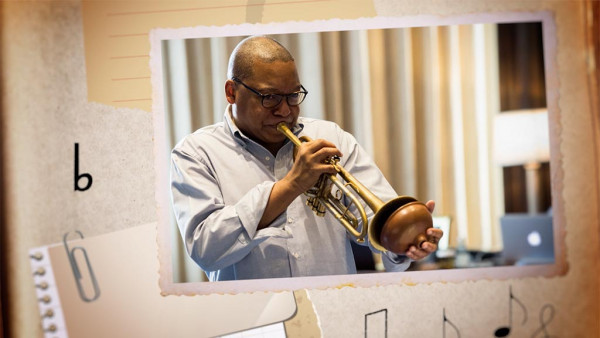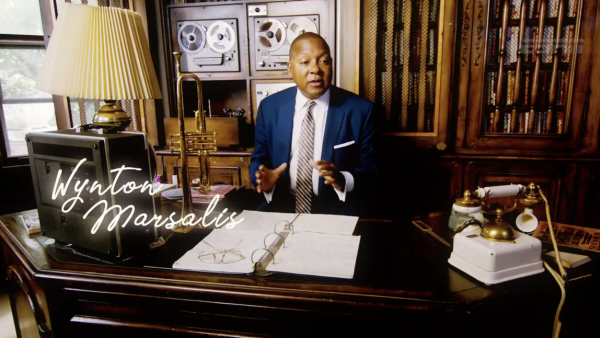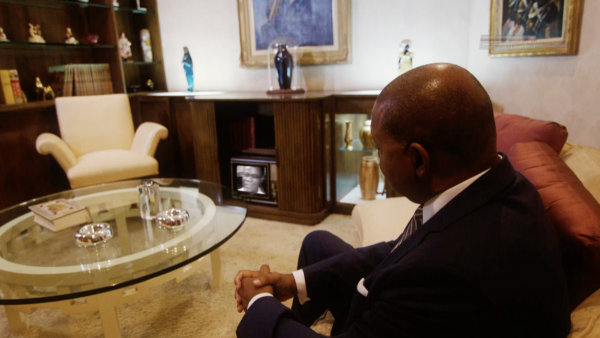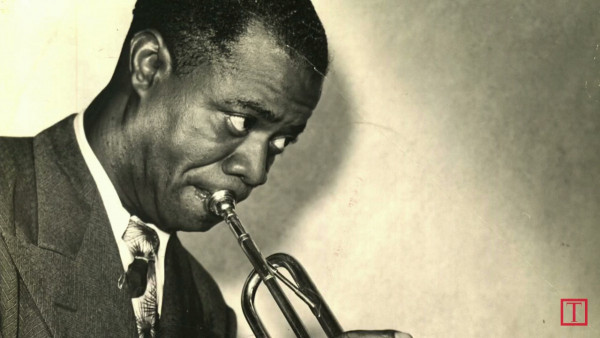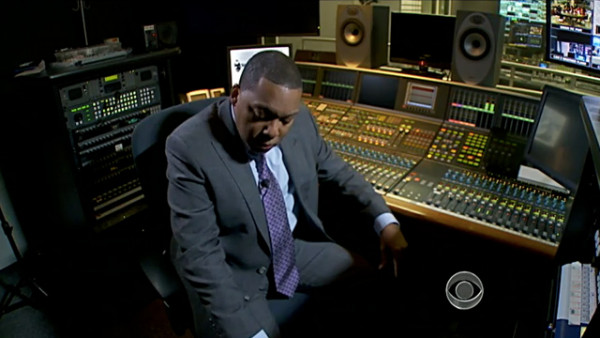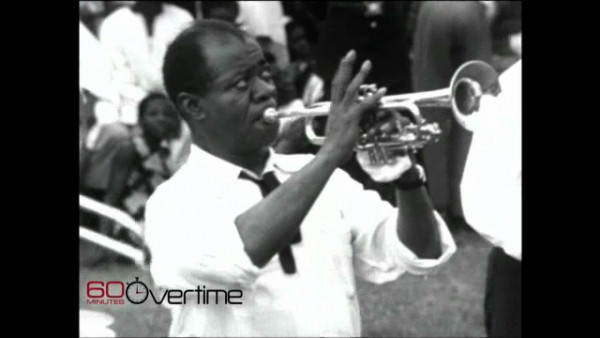‘Louis Armstrong’s Black & Blues’ Review: In His Own Words
Personal tapes and letters bring fresh insights into the jazz great as a musician and a Black man.
When you purchase a ticket for an independently reviewed film through our site, we earn an affiliate commission.
In Louis Armstrong’s study in the Queens home he shared with his fourth wife, Lucille, bookshelves were filled with reel-to-reel recordings he made as a sort of audio diary. Those tapes and his letters — read by the rapper Nas — lay the foundation for the director Sacha Jenkins’s documentary “Louis Armstrong’s Black & Blues.”
By foregrounding the gravel, grace and salty frankness of Armstrong’s voice, and mining an archival mother lode of audio and video interviews and clips, Jenkins delivers a bountiful portrait of one of the 20th century’s superstars — on Armstrong’s own terms.
As welcome as this is, the documentary’s most affecting attribute may be a reckoning by several Black male artists with what Armstrong means to them. After all, his broad smile, his cameo roles in Hollywood films, his seeming muteness on racial issues had some critics, many of them younger, discounting him for his complicity, his “Uncle Tomming,” as fellow New Orleanian Wynton Marsalis put it early in the film, confessing to how he once felt about Armstrong. With the aid of Marsalis, Miles Davis, the poet Amiri Baraka (via audio clips) and the actor Ossie Davis, Jenkins recontextualizes the man.
In a tribute from the “With Ossie & Ruby” television show, Davis shares an epiphany he had when he and Armstrong were on set for the 1966 movie “A Man Called Adam.” During a break, he happened on Armstrong lost in a moment of somber repose, one that quickly gave way to his trademark grin. In that swing, Davis discovered a new kinship: “What I saw in that look shook me. It was my father, my uncle, myself down through the generations.”
There is no paucity of expert witnesses who never had doubts about Armstrong’s depth, starting with Lucille Armstrong (whose story about their first house is a keeper). They also include the jazz historian Dan Morgenstern, who wrote the introduction to the centennial edition of Armstrong’s memoir “Satchmo: My Life in New Orleans,” and the composer Leonard Bernstein, who describes the melodies Armstrong plied as “looking for a lost note.” The poetry in that phrase seems to underscore Armstrong’s lineage as a descendant of the African Diaspora.
Among the film’s ample pleasures is the only known footage of Armstrong in the recording studio. His head tilted back while scatting, he holds a handkerchief to mop his forehead. The film is a trove of Armstrong’s love of music and his labor. And because so many of those who lend their insights are now departed, it has the feel of a mausoleum worthy of a humble yet celebratory “Saints Go Marching In” second line.
Louis Armstrong’s Black & Blues
Rated R for Satchmo’s salty language. Running time: 1 hour 44 minutes. In theaters and available on Apple TV+
by Lisa Kennedy
Source: New York Times

